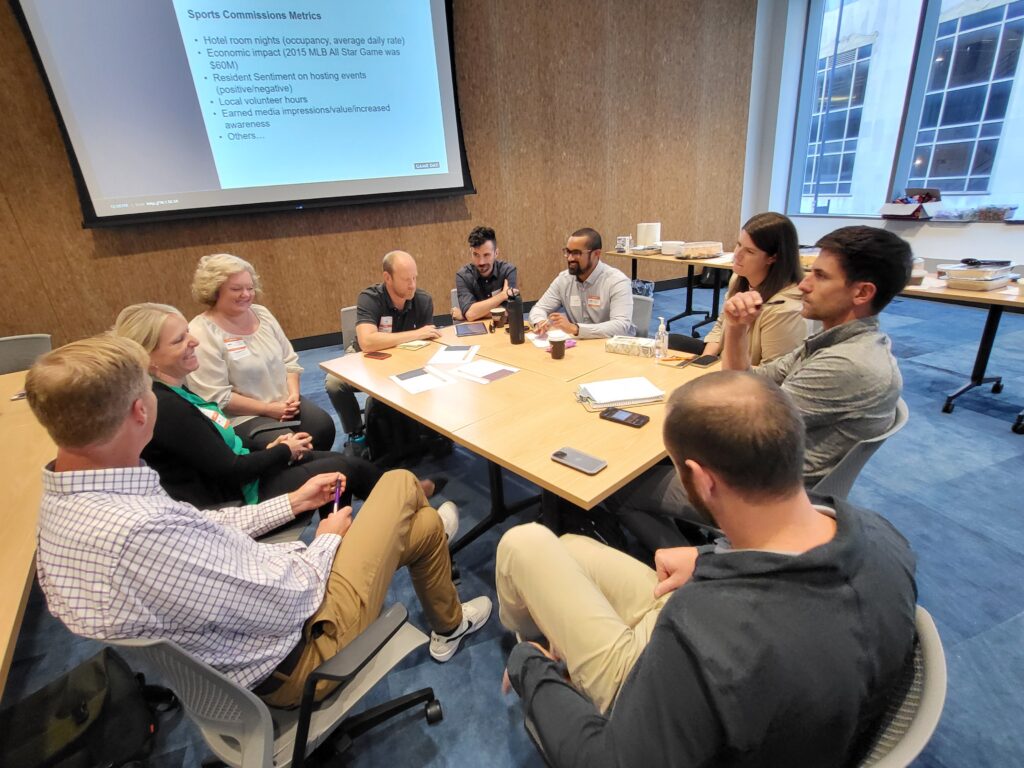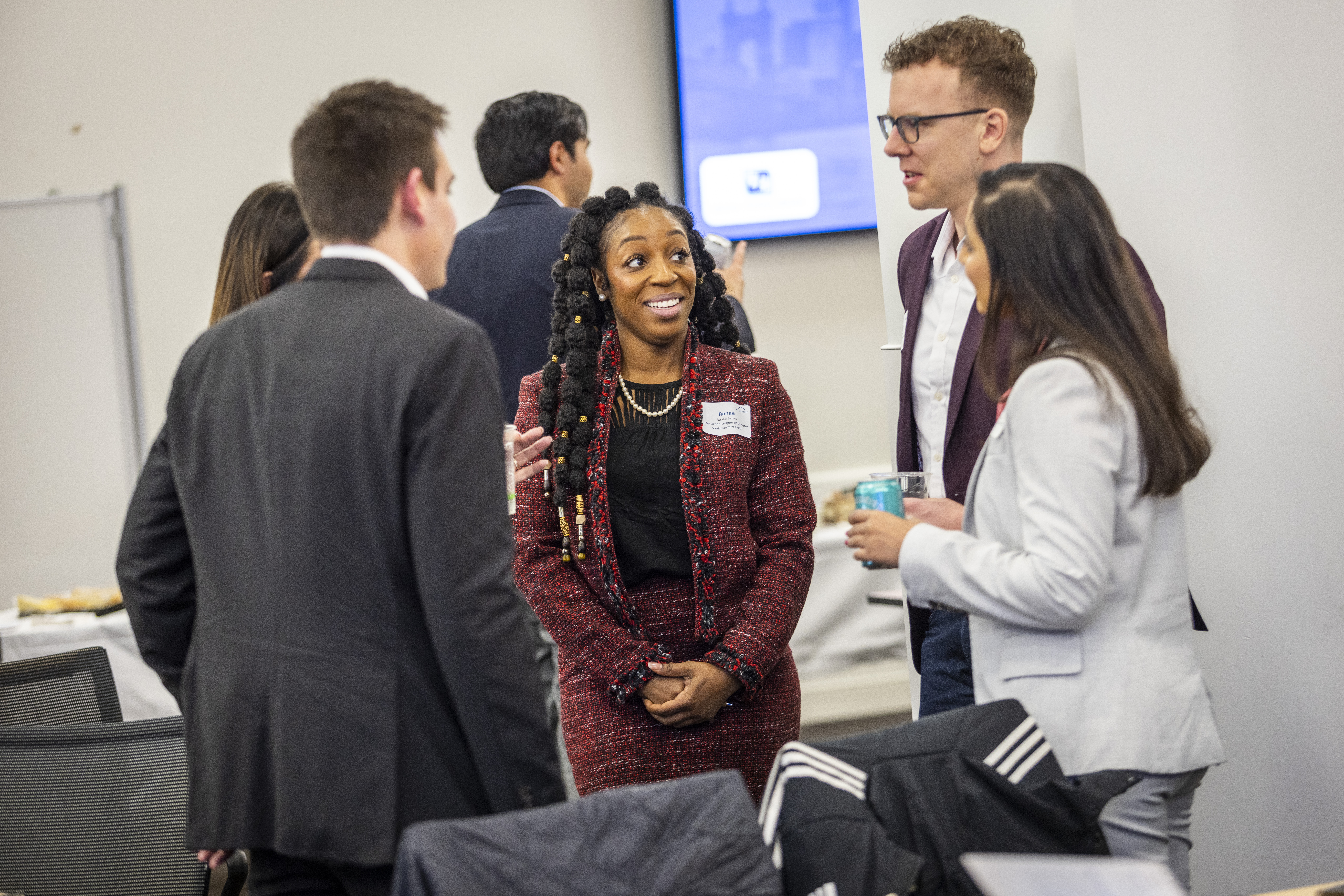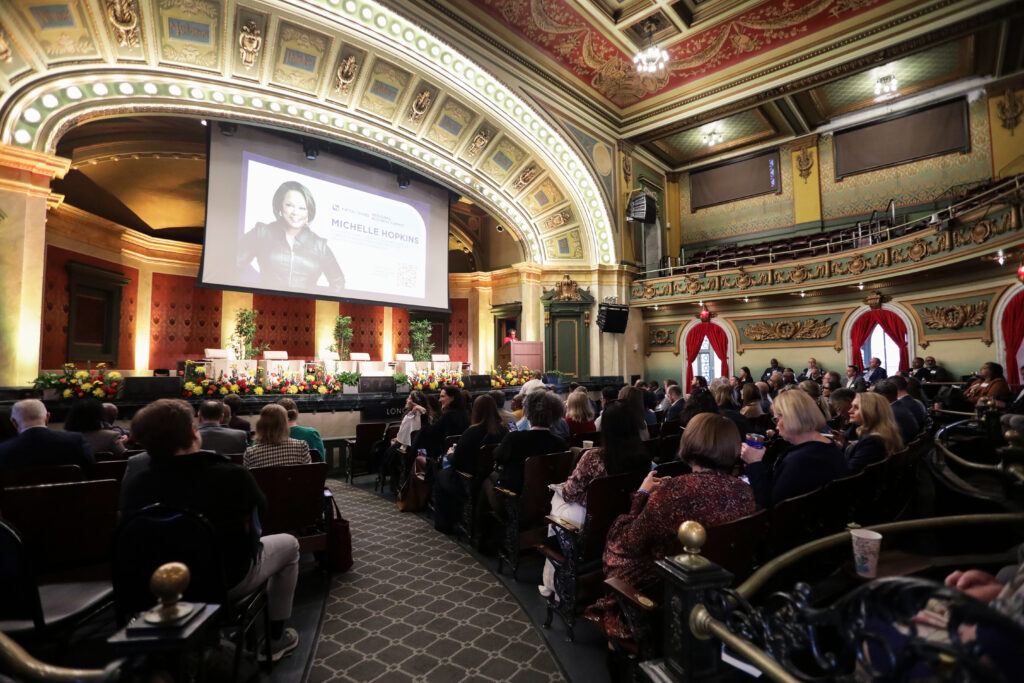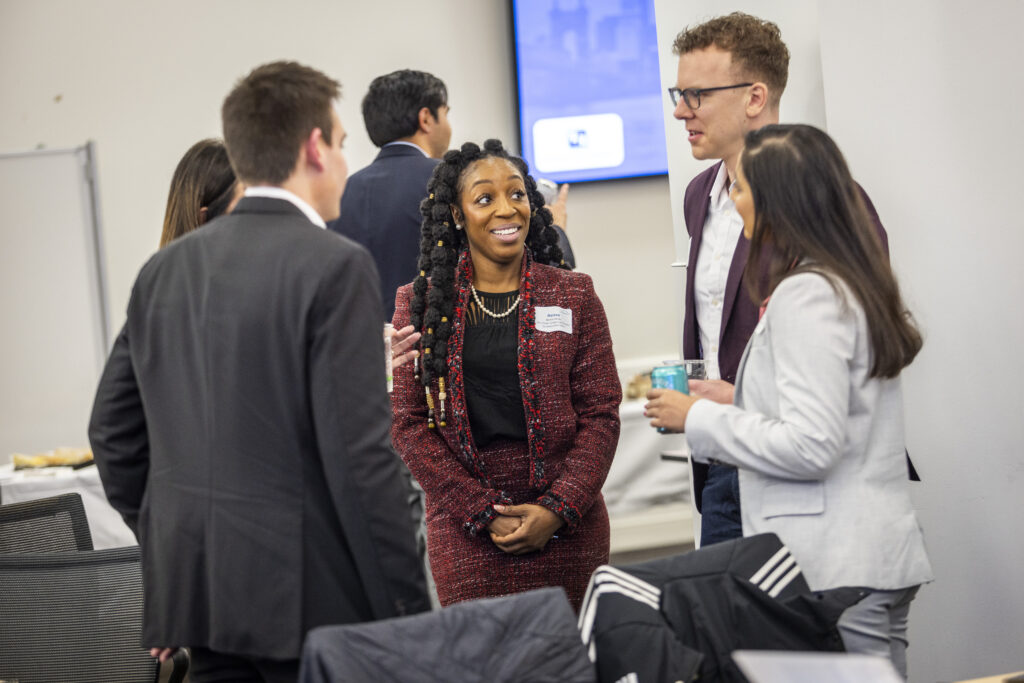Project-Based Learning (PBL), in simple terms, is learning by doing something real instead of just sitting through lectures or reading about a topic. It’s hands-on, practical, and focused on solving real problems. Instead of being told what to learn, people jump into a project—something with actual purpose—and along the way they pick up new skills, knowledge, and insights.
Example: Instead of doing a training on “how to lead change,” a PBL format might have a team actually work with a company or nonprofit to solve a change challenge—like improving communication, launching a new event or initiative, or building partnerships. The learning happens naturally through the experience.
The Importance of Project-Based Learning for Experienced Professionals in Community Work
Traditional student education is often focused on lectures and studying topics that may not be of particular interest (or even relevance) to their lives (present/or future). For example, when in college, my intense capstone class was Plato’s Republic. I was studying international affairs, specializing in Russian and Eastern European history. In addition to it being all reading and presentations in a classroom, what relevance was this to my major?

For adults, the nature of learning often shifts. Early in one’s career, professional development may focus on technical skills, certifications, and climbing the organizational ladder. But with time, many seasoned professionals begin to seek opportunities for deeper growth—learning that expands their leadership capacity, broadens their perspective, and aligns with personal values. This is in line with Malcolm Knowles’s four principles of adult learning (or andragogy). Adult learners need to be involved in their learning, their life experiences provide valuable learning experiences, they desire learning that is immediately relevant to their lives and work, and they focus on problem-centered rather than content-oriented. Project-Based Learning (PBL), particularly in the context of community and nonprofit work, offers an ideal pathway in this phase of development.
When professionals volunteer their time, talent, and expertise to work in groups on nonprofit projects, they are not just helping others; they are engaging in a powerful form of learning that benefits themselves, their teams, and the wider community.
Learning Through Service
Traditional training programs often rely on lectures and case studies. PBL is rooted in real-world challenges – in what is happening now. Nonprofit organizations frequently face pressing issues including building sustainable funding models, improving program delivery, increasing visibility/marketing, or strengthening organizational infrastructure. By engaging professionals in projects that address these needs, Project Based Learning ensures that learning is not theoretical but applied.
For experienced adults, this makes the work immediately relevant. They can see how their contributions matter—whether that’s creating a strategic communications plan, designing an evaluation framework, or launching a new initiative. The satisfaction comes not only from using their professional skills but also from seeing a nonprofit benefit in concrete, lasting ways.
Leveraging and Expanding Professional Expertise
Adults with experience now only want to use what they have learned over time; they bring deep knowledge to the table. Using PBL in a community setting stretches that knowledge in new directions. For example, a finance leader accustomed to corporate strategy may need to reimagine financial models in a nonprofit that depends on grants and donations. A marketing professional accustomed to working with large budgets may learn to apply creativity in resource-constrained environments.
In this way, PBL encourages professionals to translate and adapt their skills across contexts. This not only benefits the nonprofit but also strengthens participants’ flexibility and problem-solving skills back in their professional lives.
Collaboration Across Sectors
Another hallmark of PBL is its emphasis on teamwork. Professionals are often grouped with peers from different industries, backgrounds, and leadership styles. These diverse teams reflect the realities of community change, where progress necessitates cross-sector collaboration.
Through these projects, participants sharpen their ability to listen, communicate, and negotiate with people whose perspectives may differ significantly from their own. They also learn how to influence without relying on formal authority—a skill essential when working with volunteers, community stakeholders, or nonprofit boards. The result is a richer capacity for collaboration that translates into stronger leadership in any setting.
Stepping Into New Challenges
One of the most powerful aspects of PBL for adults is the opportunity to step outside familiar roles. In their workplaces, professionals often operate within well-defined boundaries of expertise. In community projects, those boundaries are less rigid. A lawyer might find themselves helping design a workforce training program; an engineer may contribute to a campaign to address food insecurity; a digital marketer may be tasked with creating a physical event layout for awareness purposes.
These new challenges push participants to remain adaptable and humble, embracing the role of learner even while bringing valuable expertise. This balance of leading and learning fosters growth in ways that conventional professional development rarely achieves.
Finding Community Purpose & Elevating Civic Quotient
For many adults, especially those in mid-career or leadership roles, participating in nonprofit projects reconnects them with their core values. The opportunity to contribute to causes such as education, healthcare, housing, or the arts often reignites a sense of purpose that can fade in the busyness of life.
By working directly with nonprofits, participants see the human impact of their efforts, while raising their Civic Quotient (CQ), the measurement of a person’s ability to understand the time and place in which they live, including the relationships and structures that guide decision-making, against the backdrop of history and culture with the aspiration to improve the public good.. They hear stories from those served, witness organizational challenges up close, and contribute to solutions that make a tangible difference. This kind of purpose-driven learning deepens civic engagement and inspires continued involvement beyond the project itself.
Reflection and Transfer of Learning
The impact of PBL extends beyond the project when participants pause to reflect. Reflection encourages adults to ask: What did I learn about myself as a leader? How did our team collaborate? What new skills or perspectives will I take back to my workplace?
These insights make the experience not only a service opportunity but also a developmental journey. Participants return to their organizations with stronger leadership skills, renewed confidence, and fresh ideas. Nonprofits, in turn, benefit from improved strategies and strengthened capacity, while the community experiences the ripple effects of both.
A Win-Win for Professionals and Communities
Ultimately, Project-Based Learning in nonprofit and community contexts is a mutual exchange and worth the challenges experienced by both the organizations and the community project teams. Professionals gain opportunities to apply and expand their expertise, collaborate with diverse peers, and grow as leaders. Nonprofits receive high-level guidance, creative solutions, and the energy of experienced volunteers. Communities benefit from stronger organizations and more engaged citizens.
For adults with significant professional experience, PBL represents more than just a learning method. It is a chance to integrate personal growth with civic impact—to serve while learning, and to learn while serving. In doing so, professionals not only advance their own leadership journey but also help build stronger, more resilient communities.





